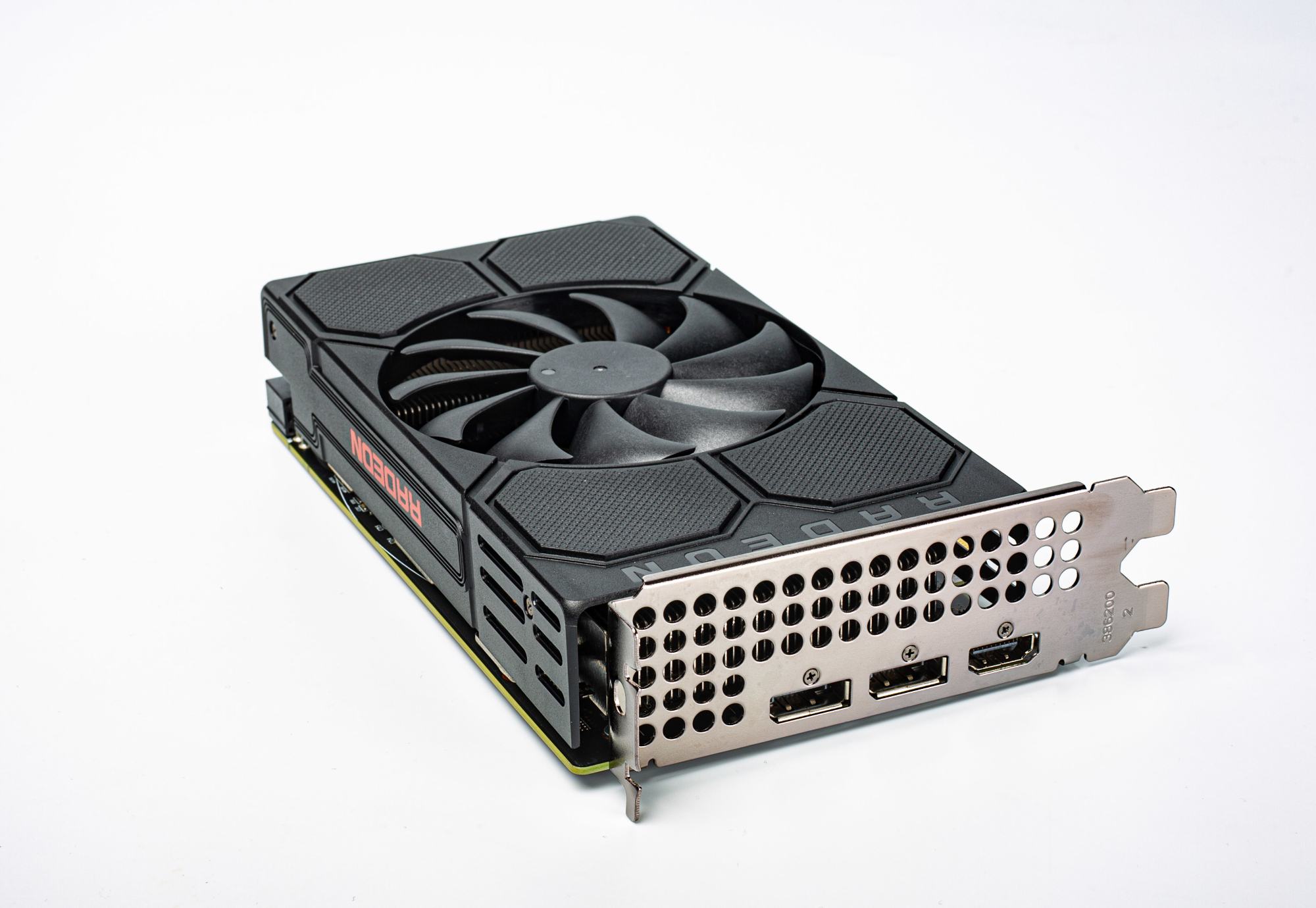Report: Radeon RX 5500 XT Launches Next Week, RX 5600 XT In January

VideoCardz has obtained new information on the Radeon RX 5500 XT and Radeon RX 5600 XT's release dates. As it looks, both Navi-based graphics cards are closer than we think.
Starting with the Radeon RX 5500 XT, the publication got word that it will launch sometime next week. The specifications and pricing for the Radeon RX 5500 XT are unknown at the moment, but the graphics card should come in 4GB and 8GB flavors.
It's been two whole months since AMD launched the Radeon RX 5500 and RX 5500M, and we've yet to see any custom models for the desktop graphics card. There's a strong possibility that the Radeon RX 5500 might be exclusive to OEMs only. However, VideoCardz thinks that AMD's board partners should get access to the faster Radeon RX 5500 XT.
VideoCardz has also confirmed with its industry sources that two anonymous board partners are currently preparing their custom models for the Radeon RX 5600 XT. There isn't much information on the graphics card right now except that it might sport GDDR6 memory, and if so, it'll probably have a 192-bit memory interface.
The Radeon RX 5600 XT is expected to arrive as early as January of next year. If the date is accurate, the launch event could take place at CES 2020, which runs from January 7 to 10.
Get Tom's Hardware's best news and in-depth reviews, straight to your inbox.

Zhiye Liu is a news editor, memory reviewer, and SSD tester at Tom’s Hardware. Although he loves everything that’s hardware, he has a soft spot for CPUs, GPUs, and RAM.
-
wexir as per usual amd late to the party, im tired of this bs, why do we need to wait like a year before amd can respond to anything from nvidia??? low end gpus are no answer to it, amd should really just take their head out of there asses and actually make products the customer wants, why do i have to wait one year for amd to make a card that will trade blows with let's say 1660ti?Reply
Their product range is just always both late and in weird price ranges, always trying to fight with price to performance, why not fight performance to performance? how hard could it be for them to just drop 5600xt alongside with 5700xt etc? AMD just does not want to compete with nvidia on respective price and performance levels. -
InvalidError Reply
And I suspect there are way more people who want $150-250 GPUs when there are compelling options at the lower end than there are people interested in $300+ ones, so AMD is doing exactly that if you look at the market as a whole instead of only enthusiast-level stuff. Same reason AMD aimed the RX470-580 at ~$200.wexir said:amd should really just take their head out of there asses and actually make products the customer wants
As for why AMD (and Nvidia) makes people wait so long for faster lower-end parts, that's simply to upsell impatient people to higher-end old and new stock before releasing the new lower-end parts that will under-cut old stock on price for similar or greater performance. it gives board partners one last chance to finish selling 400-500 series boards before they have to drop prices again to clear inventory and make (greater) losses on them. Milk the top, mitigate potential losses at the bottom. -
wexir if there was a gpu with same performance like 1660ti i would definitely buy it instead of my 1660ti that i just got yesterday, and calling such card "enthusiast" is overstatement by far, it's hardly a midrange card.Reply